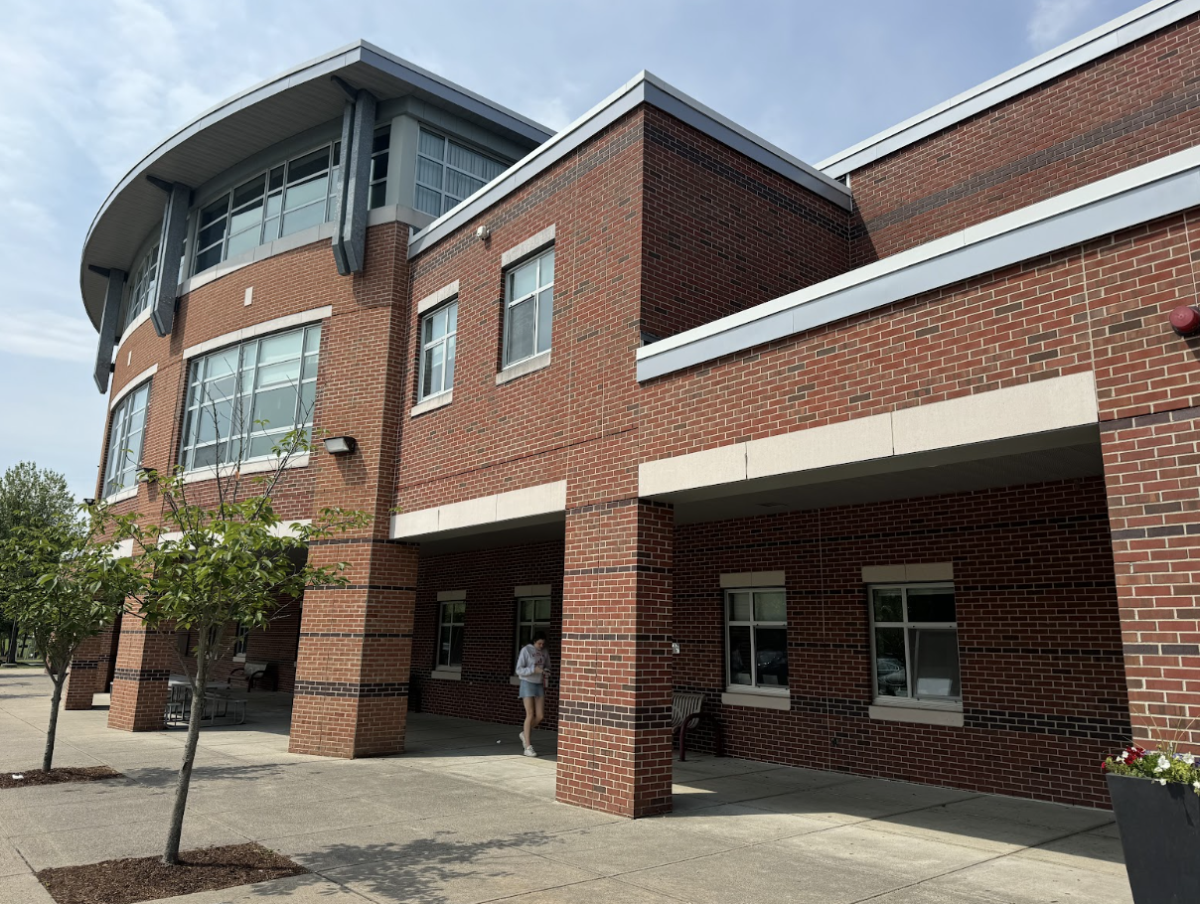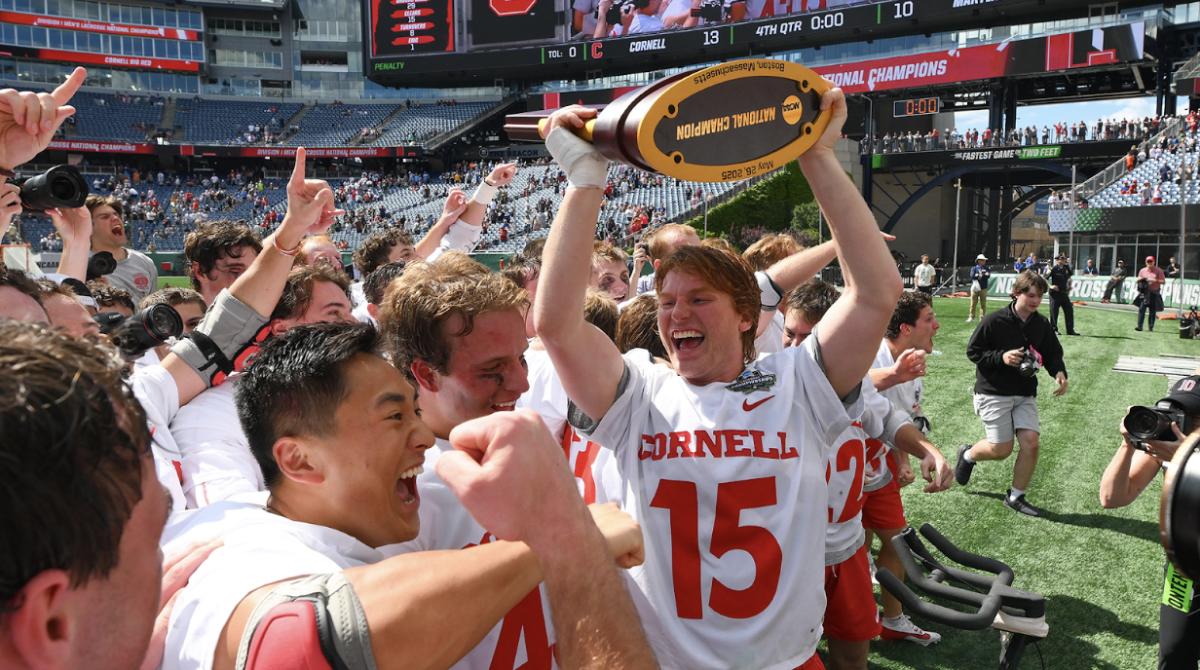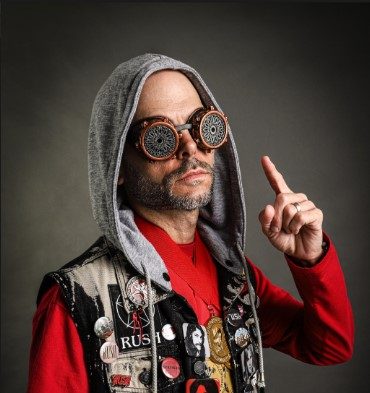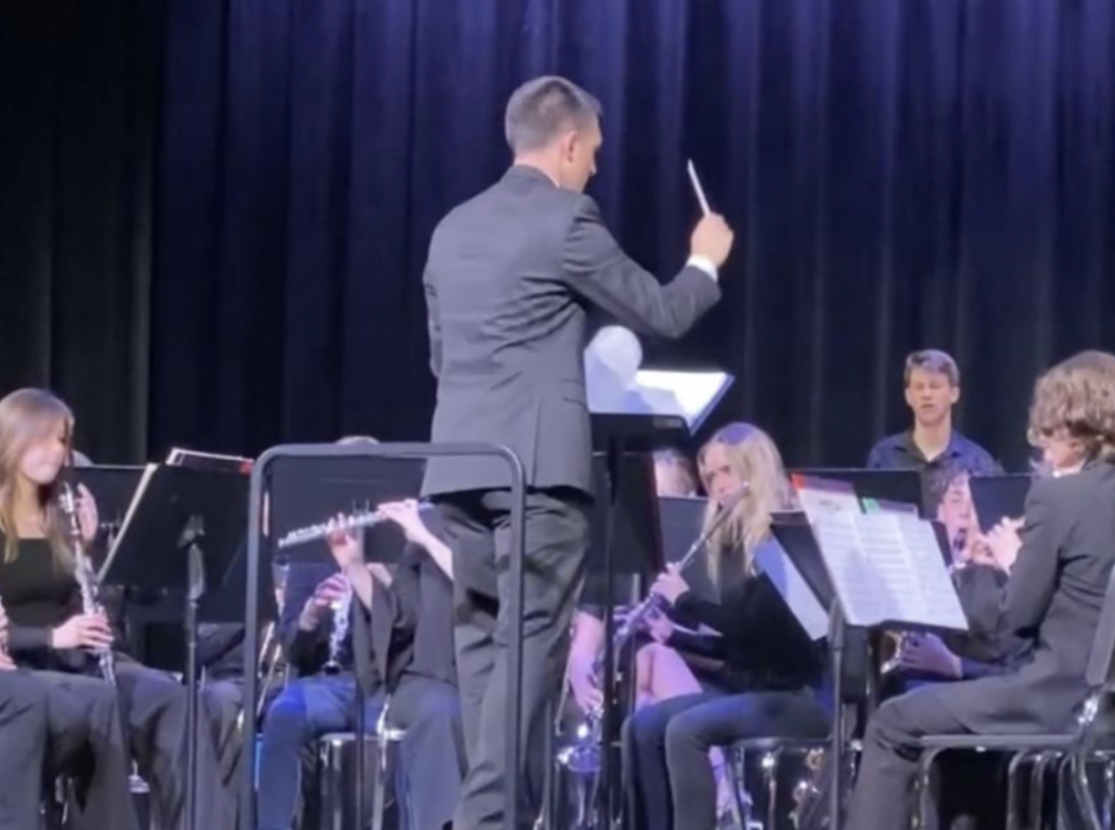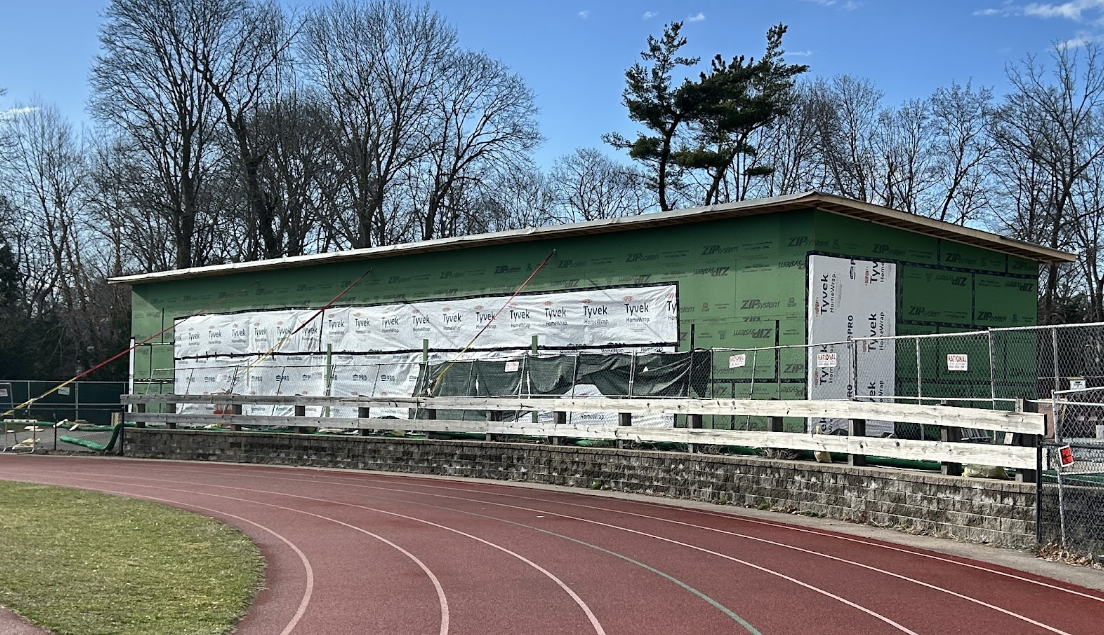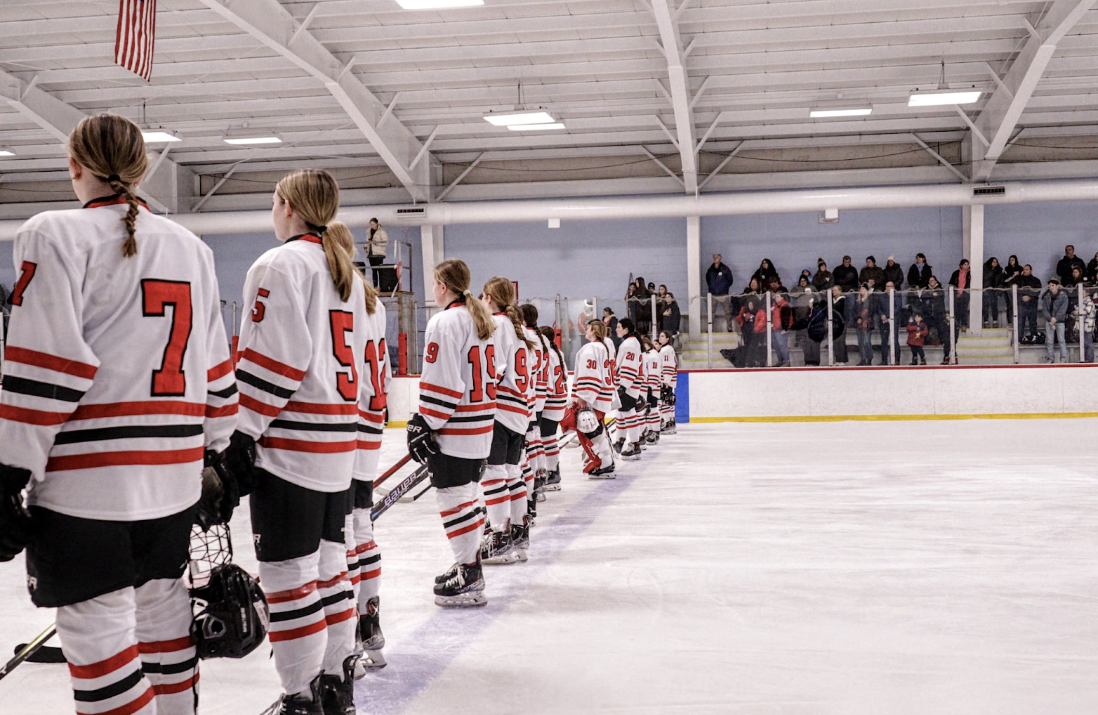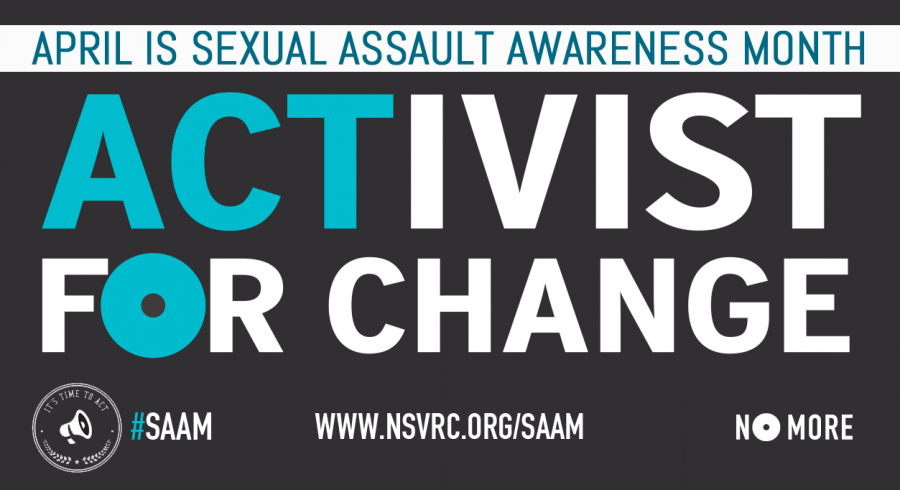What time is it? Awareness time
April 29, 2018
April marks the month observance for sexual assault awareness. As across the country during the 1970s, the rise in sexual assault and violence was inescapable. Though trending activism saw a rise in sexual assault awareness, this was not enough. The Bay Area Women Against Rape jump started the journey to raising awareness about sexual assault and teaching those about consent in 1971, but not until 1976 did women’s voices resonate around the world.
What started as a small march morphed into a Take Back the Night rally and then foundation. Speakers took action and demonstrated the need for change. Advocates declared how ridiculous the risk and fear women must bare as simply walking down the streets at night, running solo, and doing any other sort of activity outside of their homes could result in a cause for concern.
Later in the 1980s, October was made the month for educating and raising awareness about domestic violence. The purple ribbon, symbolic for domestic violence, is just one of the many ribbons helping to shed light on these glaring problems. April’s sexual assault awareness ribbon, represented by teal, holds much weight for those having suffered and wanting to educate and provide assistance to those who have had experiences with sexual assault.
In 2000, the United States started the Resource Sharing Project and coalition, which expanded in 2001 building momentum to further awareness about sexual assault. Teal ribbon pins were mailed out nationwide and in 2003, the slogan “decide to end sexual violence” took hold thanks to the NSVRC. Sexual assault awareness continued to rise as April 20th became the day to End Sexual Violence.
The campaign spread from home life to public life to private life and even business life. The prevalence of sexual violence in all aspects of life brought attention and a need in the education system to start informing young adolescents. Colleges began providing assistance to rape victims and opening up additional prevention campaigns to stop the rates of assault. Active communities helped school systems start addressing the issue and calling attention to the ways in which intervention can provide a solution. Senior Shira Berkin said “this has been such a long standing issue and I am really glad that we are addressing it as a community. I think it will make girls feel more comfortable in school knowing that they can always talk to a teacher or a counselor about any issues.” The school assists in many ways to help alleviate students stress and provide resources in any situation. Not only for girls, but for boys, too.
In 2013, the conversation spread to how young boys and girls are being taught about sex and boundaries regarding consent. A new campaign was born and resources opened up opportunities to talk about healthy relationships, not just about sexual assault. The goal promoted and encouraged adults and adolescents to consider changing the way society thinks of sexuality and took aim at interventions for the way gender is identified. An HHS teacher stated “The staged intervention and prevention that has taken place since sexual assault finally came to light has been immense. Teaching adolescents how to have a voice and providing then with the tools to do so allows them to navigate healthy relationships.” Changing the way society views sexuality and its focus on engaging everybody’s voice to the issue has trended towards alleviating the problem. A progressive viewpoint that since has taken off into 2018 and hopefully will continue its momentum to helping prevent and talk about sexual assault.






